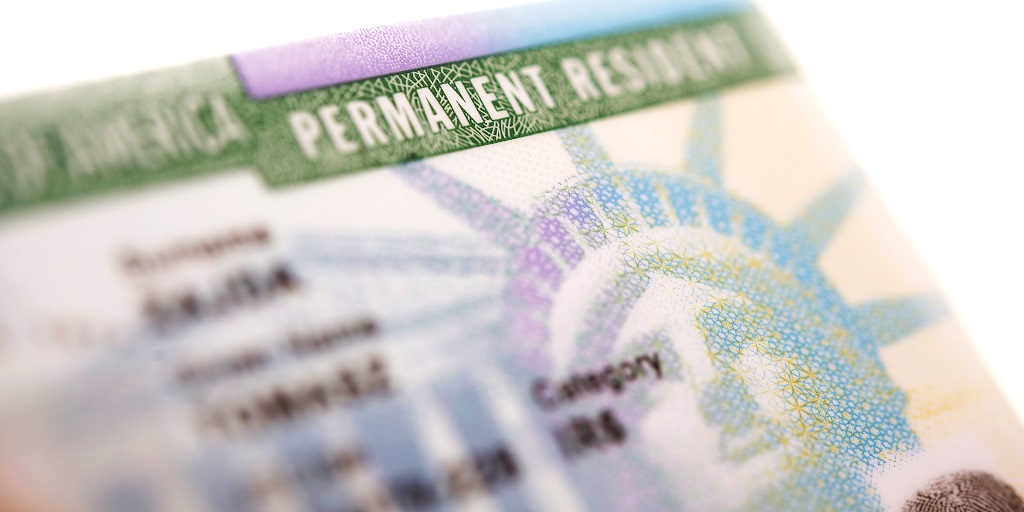The Biden administration is close to using all of the employment-based immigrant visas (green cards) allotted for Fiscal Year (FY) 2022.
U.S. Citizenship and Immigration Services (USCIS) announced that as of August 31, a total of 263,510 employment-based immigrant visas had been used this fiscal year (FY)—close to the limit of 281,507. This is a dramatic improvement over last year when tens of thousands of available visas went unused. But it doesn’t eliminate the massive backlogs of visa applications from some countries.
Under current immigration law, the number of immigrant visas is capped each year at 480,000 for family-based immigrants, 140,000 for employment-based immigrants, and 55,000 for winners of the Diversity Visa lottery. However, if any family-based visas go unused by the end of the year, that number of unused visas is added to the cap for employment-based immigrants the following year. Any unused employment-based visas are simply lost.
Large numbers of immigrant visas went unused after the onset of the COVID-19 pandemic in 2020. In spring of that year, U.S. embassies and consulates around the world closed in response to the pandemic. The Trump administration also issued an immigrant visa ban, targeting specific categories of individuals for exclusion who otherwise qualify to come to the U.S. under current law. As a result, roughly 122,000 family-based visas allotted for FY 2020 went unused. That number was added to the employment-based visa allotment for FY 2021, bringing the total for that year to more than 262,000.
Last year, with the effects of the COVID pandemic still rippling through the system, the Biden administration failed to use 66,781 of the available employment-based visas for FY 2021 and 141,430 of the available family-based visas. The unused employment-based visas were lost, while the unused family-based visas were added to the allotment of employment-based visas for FY 2022. This brought the number of available employment-based visas in FY 2022 to a record high of 281,507.
As of August 31, the Department of State had issued 263,510 employment-based visas, meaning that the agency will close out the fiscal year having issued all available employment-based visas. However, an estimated 60,000 family-based immigrant visas will go unused this year and will be added to the employment-based visa cap for FY 2023. This will further extend long-growing backlogs in the family-based immigration process by further building on the losses from the prior two years.
Although this is a major improvement over last year, it does not eliminate the enormous backlogs and wait times experienced by visa applicants from particular countries. Current immigration law limits the number of permanent immigrants from any one country to no more than 7 percent of the total number of immigrants who come to the United States in a single year.
This arbitrary cap severely limits immigration from countries with extensive economic and social ties to the United States—particularly family-based immigrants from Mexico and employment-based immigrants from India and China. For instance, some applicants face expected waits of as high as 46 years.
If anything, the current backlog calculations underestimate the overall delays in the system. Another measure of the backlog is the large number of cases in which the Department of Homeland Security has approved an immigrant visa application, but the applicants are waiting for an interview at the U.S. consulate in their home country. According to the State Department, there were 416,856 such cases as of August 31.
The Biden administration must make enough resources available for visa processing to ensure that each year’s allotment of immigrant visas is actually used. Congress should also pass legislation authorizing the recapture of immigrant visas that were lost in previous years, which would help reduce the backlog of visa applications.
FILED UNDER: Department of State, green card, USCIS


